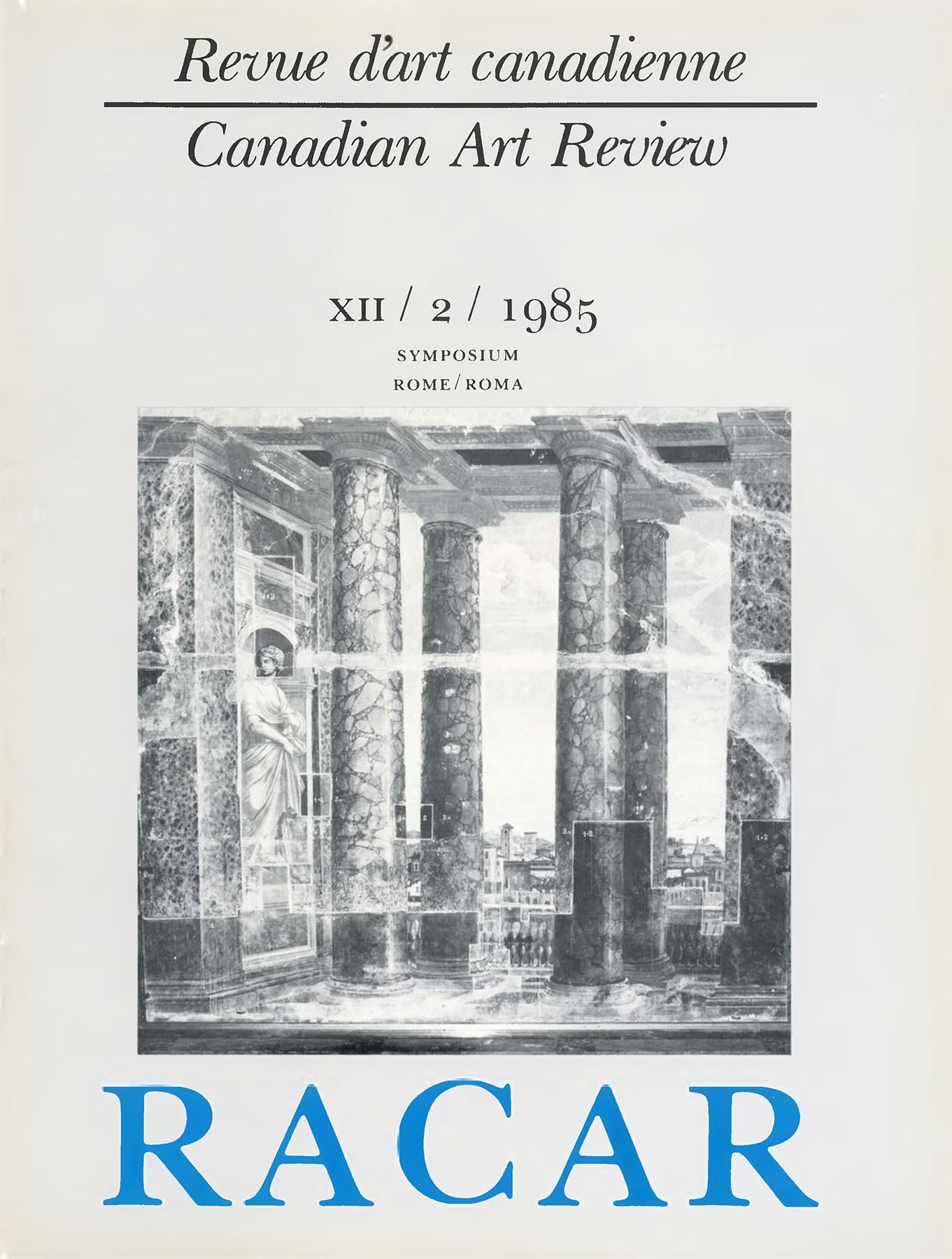Abstracts
Abstract
The Director of the pictorial restorations inside the Villa Farnesina comments on various significant technical issues that are emerging during the work. In particular, he considers the importance of the maltino and the muro di pietra in the evaluation of the fresco cycles in the villa. The review of the restoration campaigns begins in the Sala della Galatea with consideration of Peruzzi’s activities on the ceiling with its special material components. Analysis of the intonaco leads to the conclusion that there are no giornate, only regular additions of malta as the work progressed. Technical innovations here can be clearly identified, ones that show Peruzzi to have been the inventer of interior frescoes a pozzolana that will become so popular in the 17th century. The paintings of Sebastiano del Piombo show, on the other hand, a sensitive recognition of the adaptability of experimental Venetian fresco techniques to the particular site of the villa by the Tiber river. Sebastiano’s rapidity of execution of the polychrome frescoes, which the restoration illuminates, must have been a spectacle for the other artists who were working there, even though the technical results are demonstrated to have been less than successful. Sebastiano’s creation of a first version of the Galatea is shown, and it is deduced that initially he must have been commissioned to fresco the entire wall to the pavement. Although Sebastiano’s technical experiments were revolutionary for the Roman scene, it is argued that the intervention of Raphael was necessary to bring to completion the decoration of the room and that lessons learned there by him regarding polychromy were subsequently developed in his bottega. The extreme differences in execution and in temperament between the Venetian and the Umbrian are movingly seen in examination of the polychromes and the final version of the Galatea. In this regard, Sodoma’s frescoes in the bedroom show a combination of Raphaelesque attitudes with Sebastianesque use of Venetian blues. The restorations are bringing to the fore these and many other exciting discoveries about the specifics of technical operations inside the villa and in Rome during the Renaissance.
Résumé
L’auteur, qui est directeur des travaux de restauration des fresques de la Villa Farnésine, traite de plusieurs questions techniques qui se sont posées au cours de ces travaux. En particulier, il évalue l’importance du maltino et du muro di pietra dans l’analyse des fresques de la Villa. La restauration des fresques de Peruzzi dans la Sala della Galatea démontre, d’une part, l’absence des giornate et, d’autre part, l’addition progressive de malta. Les restaurations ont également révélé certaines innovations techniques de l’artiste, prouvant qu’il fut l’inventeur de la technique des fresques a pozzolana, technique qui connaîtra une grande popularité un siècle plus tard. L’examen des peintures de Sebastiano del Piombo témoigne de l’adaptation par celui-ci des techniques de peinture murale particulières à Venise au site de la Villa. La restauration de ces fresques, qui a démontré la rapidité d’exécution de l’artiste, a toutefois révélé les problèmes techniques inhérents à son approche. L’auteur examine la première version de la fresque de Sebastiano représentant Galatée et il reconnaît que l’artiste aurait reçu la commande de peindre le mur entier, jusqu’au sol. Malgré la nature révolutionnaire de la technique de Sebastiano, l’intervention de Raphaël fut nécessaire pour compléter le cycle. Il tira là des leçons sur la polychromie qui furent développées par la suite dans son atelier. L’auteur entreprend une comparaison approfondie des fresques des deux artistes à la Villa Farnésine, et démontre de plus leur influence sur les fresques de Sodoma dans la chambre à coucher.

